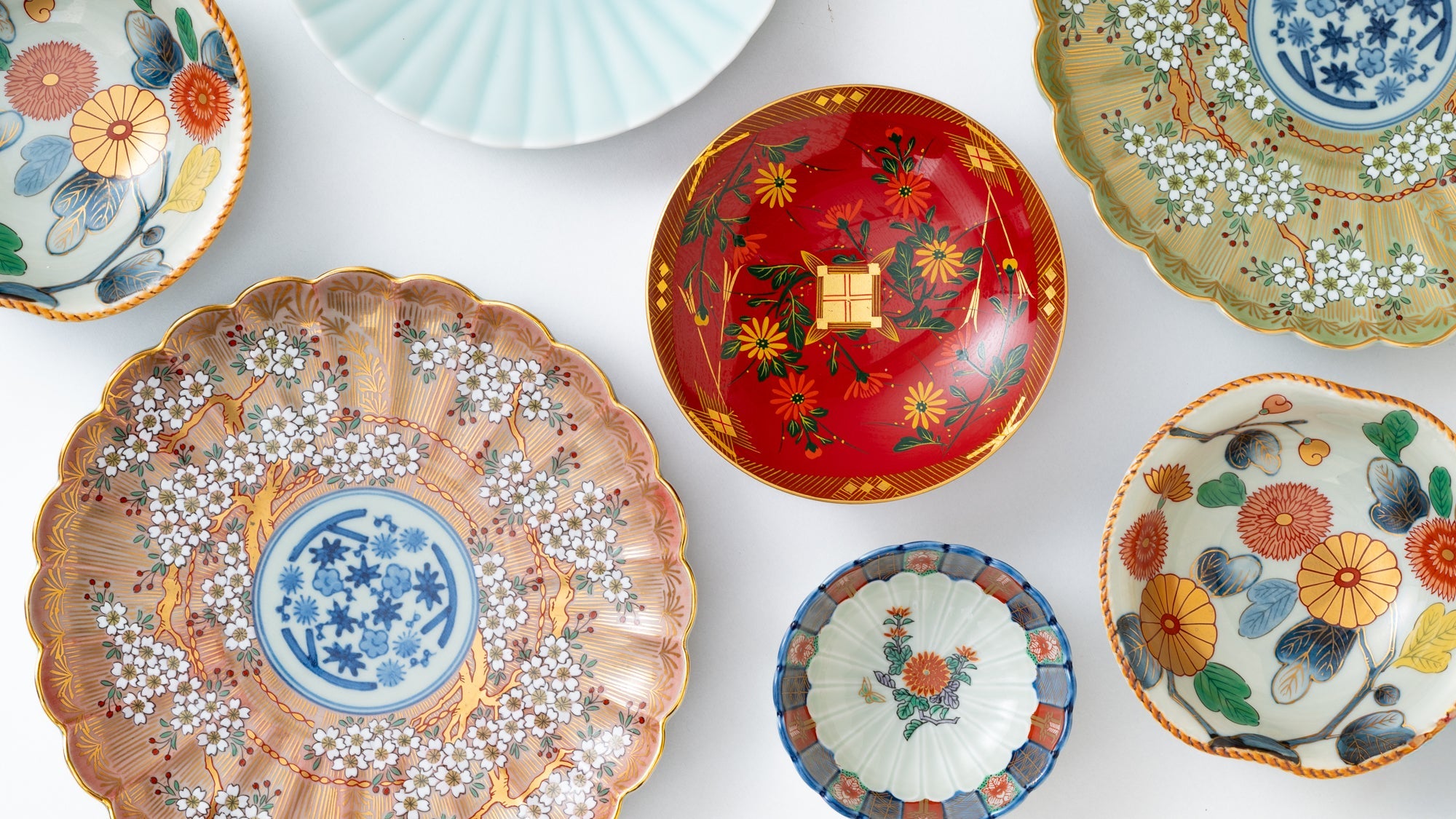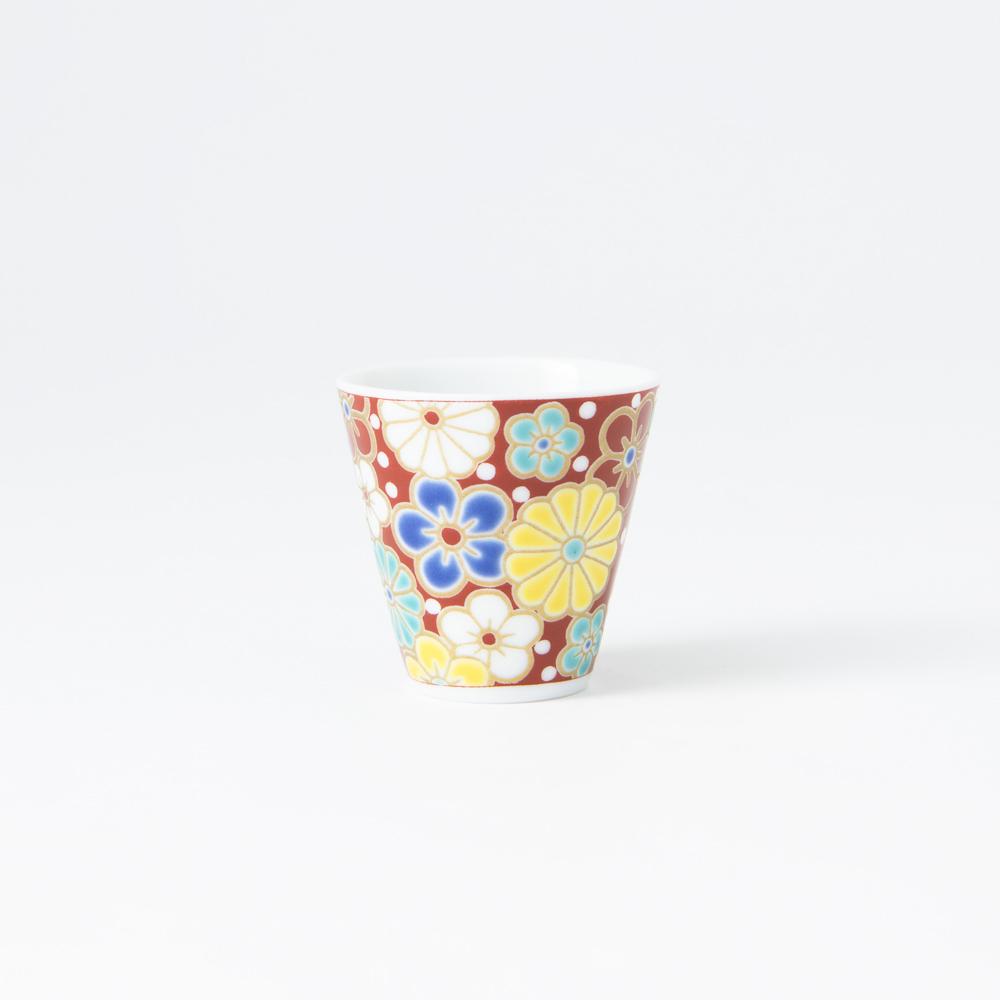
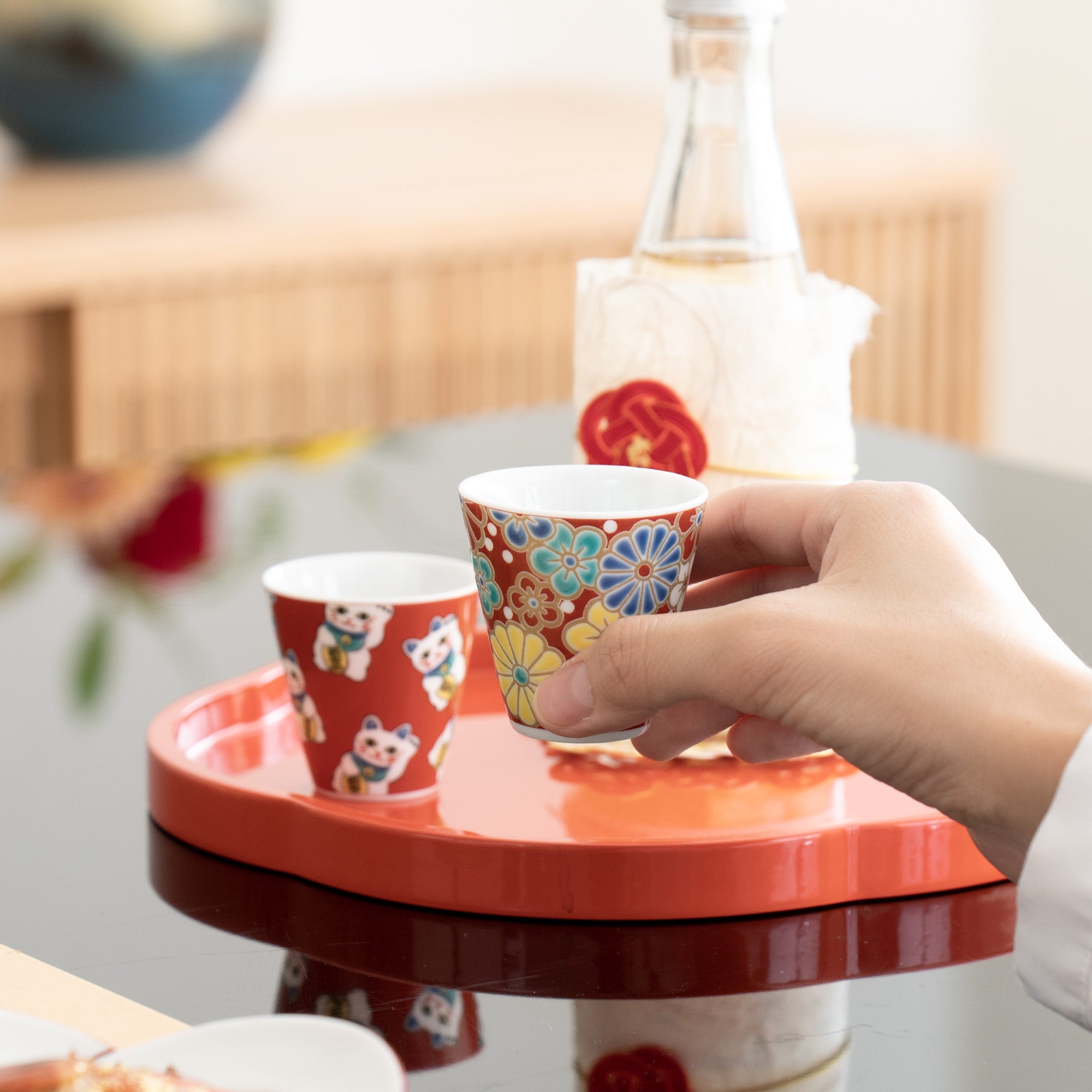
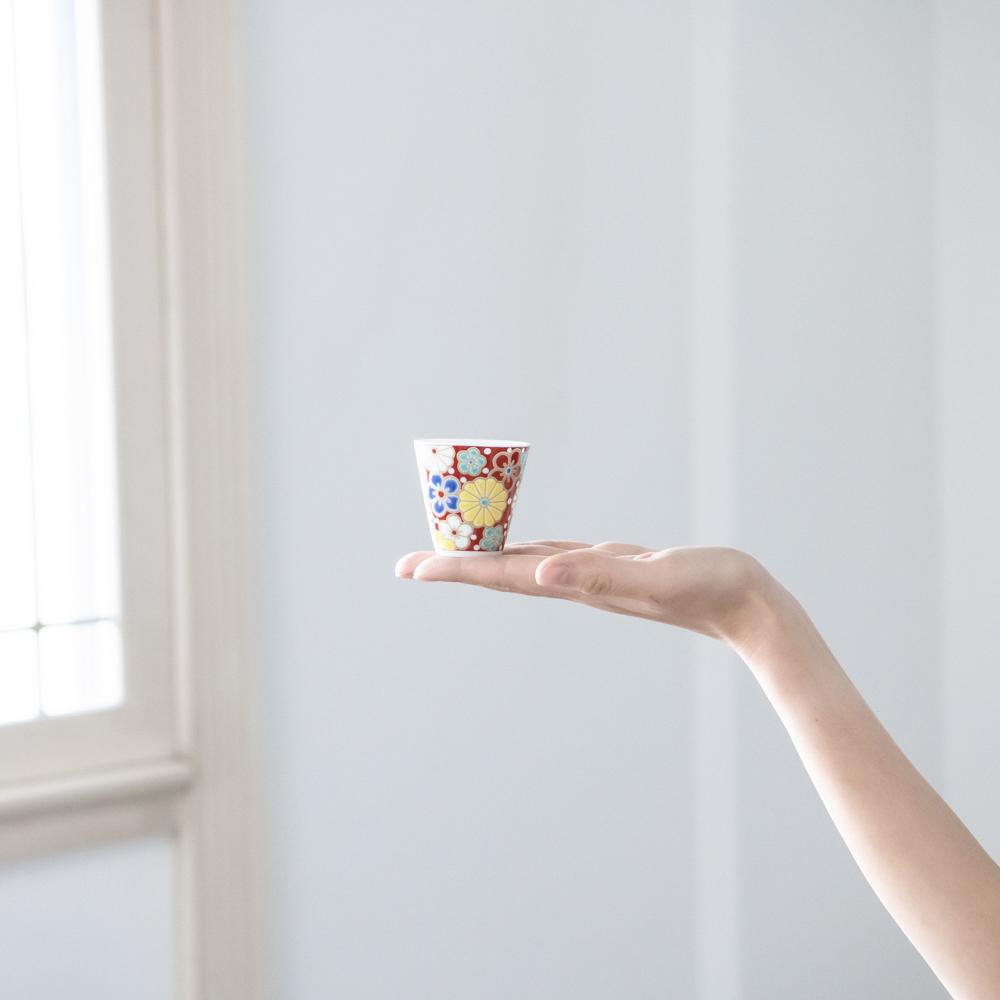
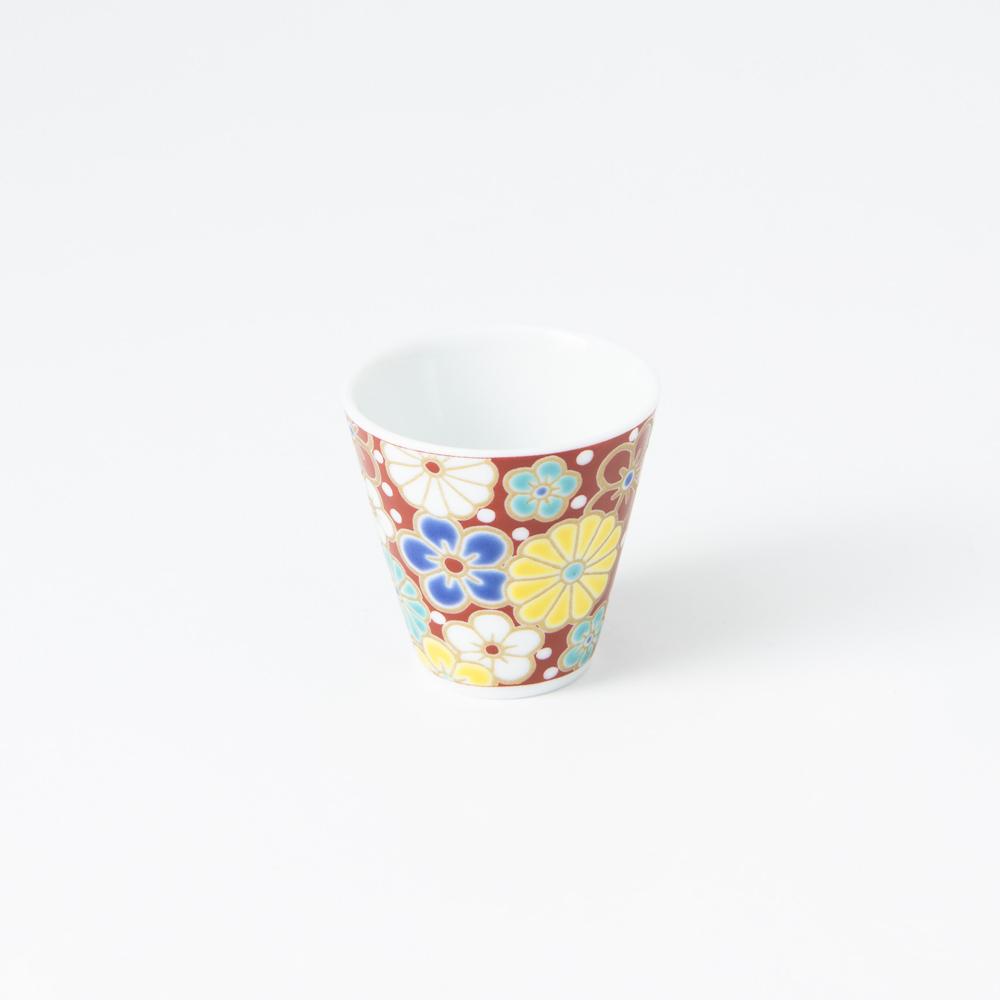
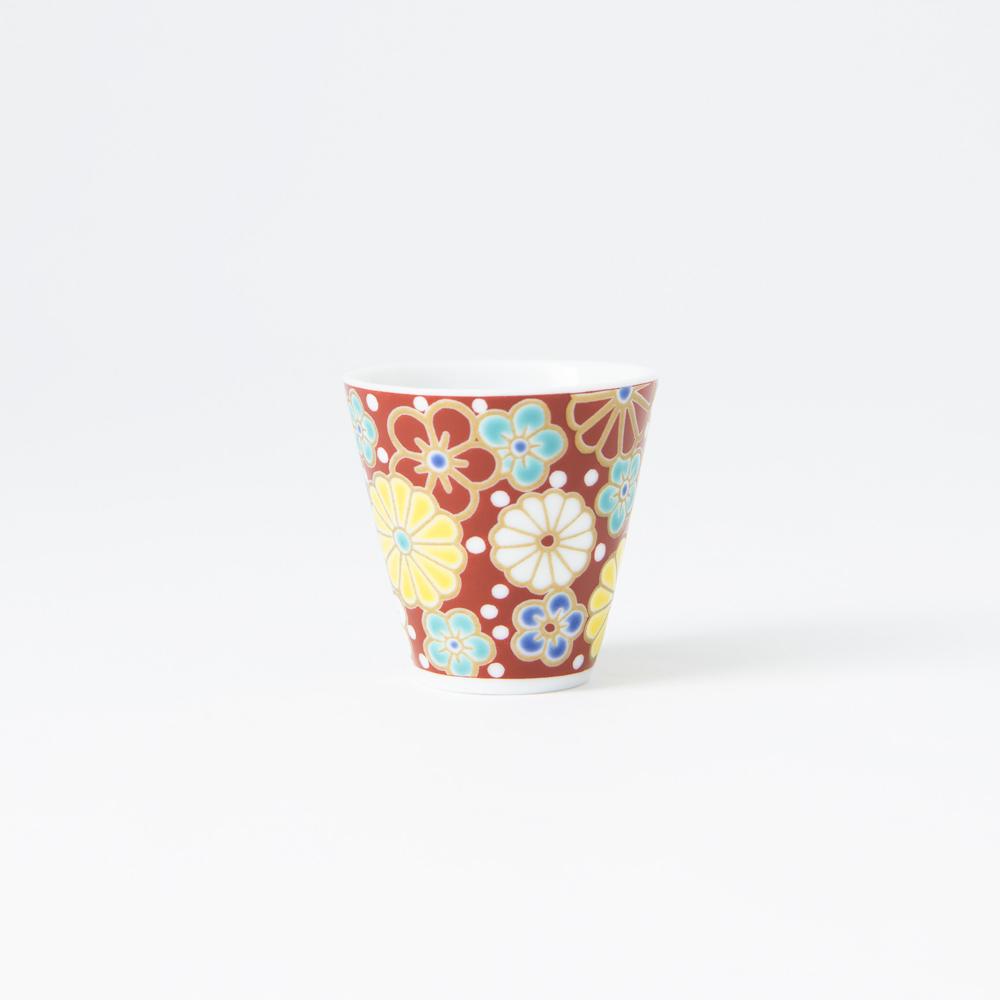
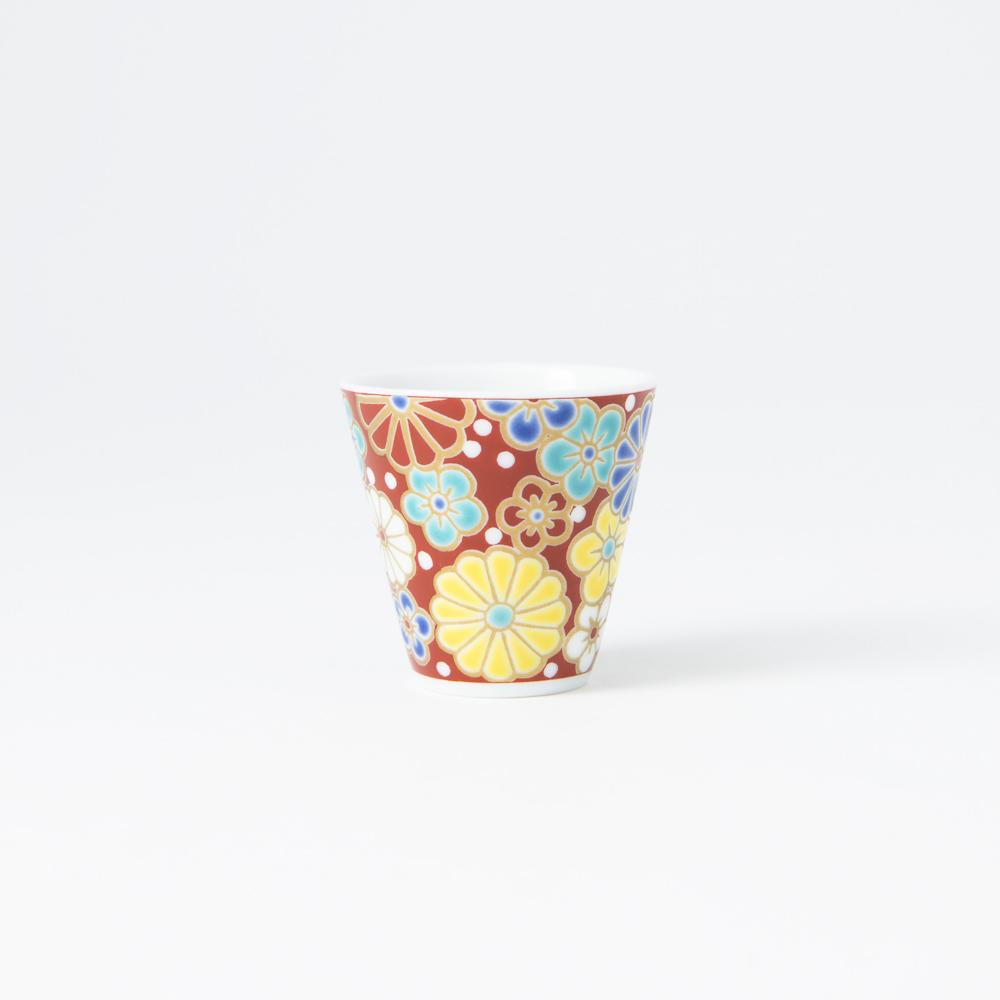
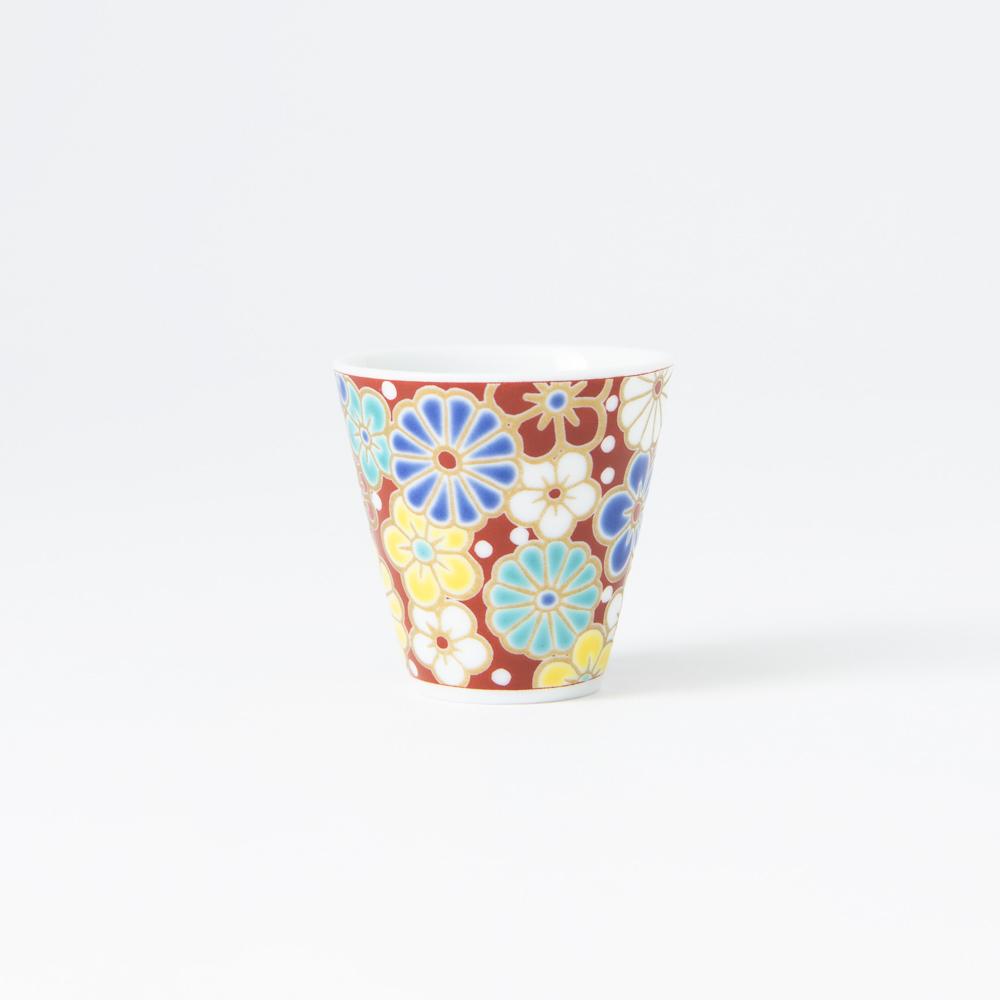
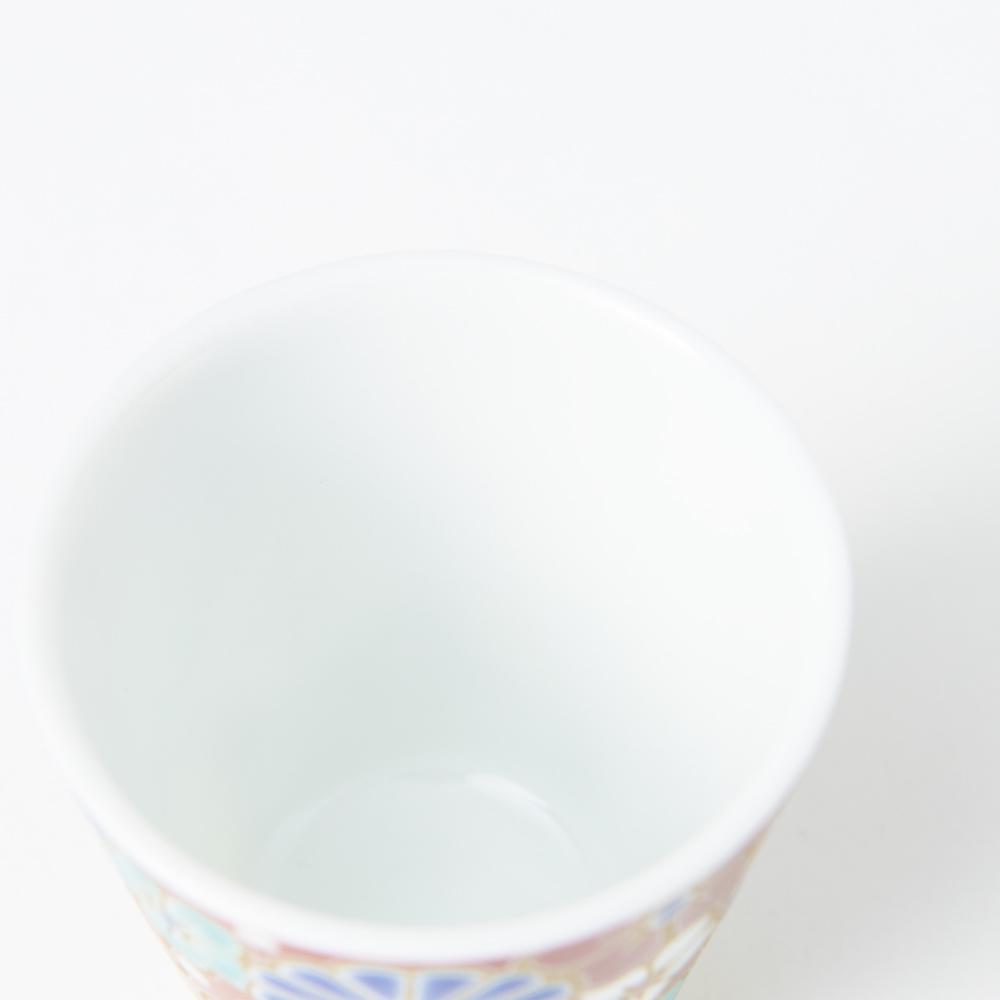
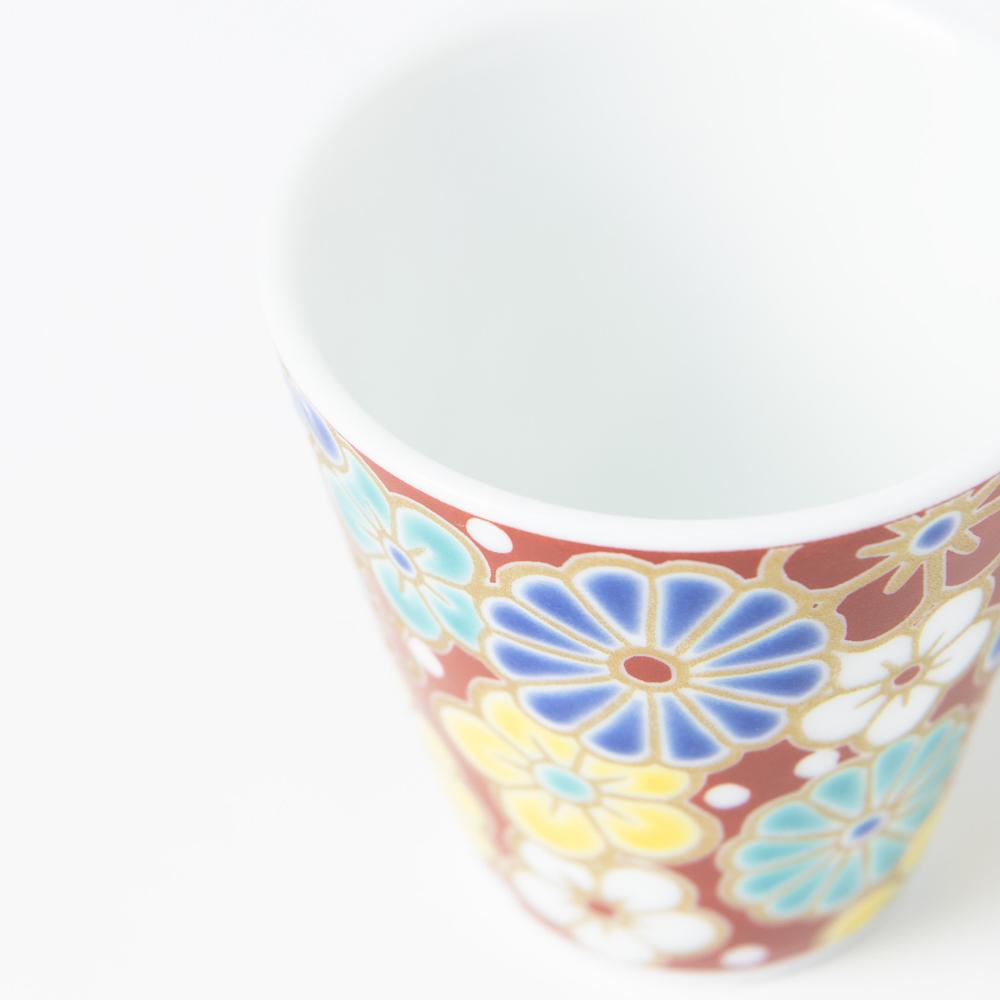
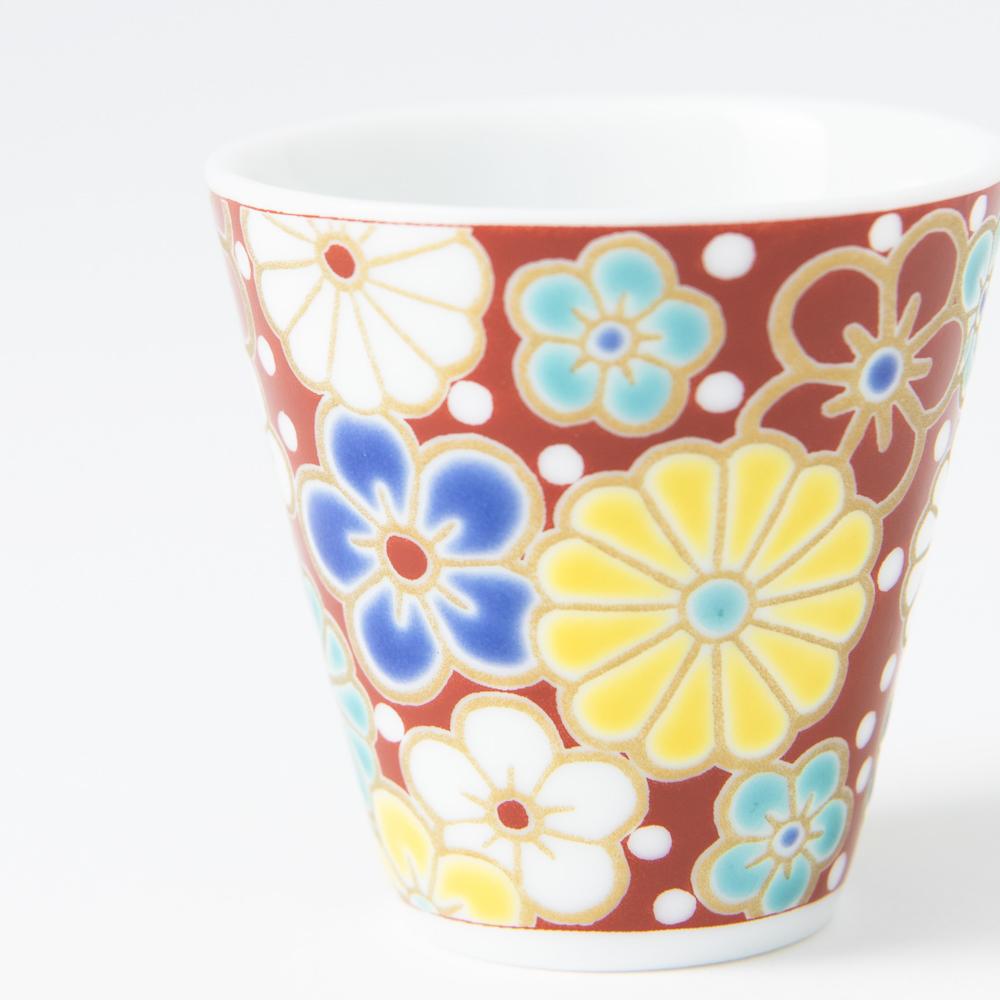
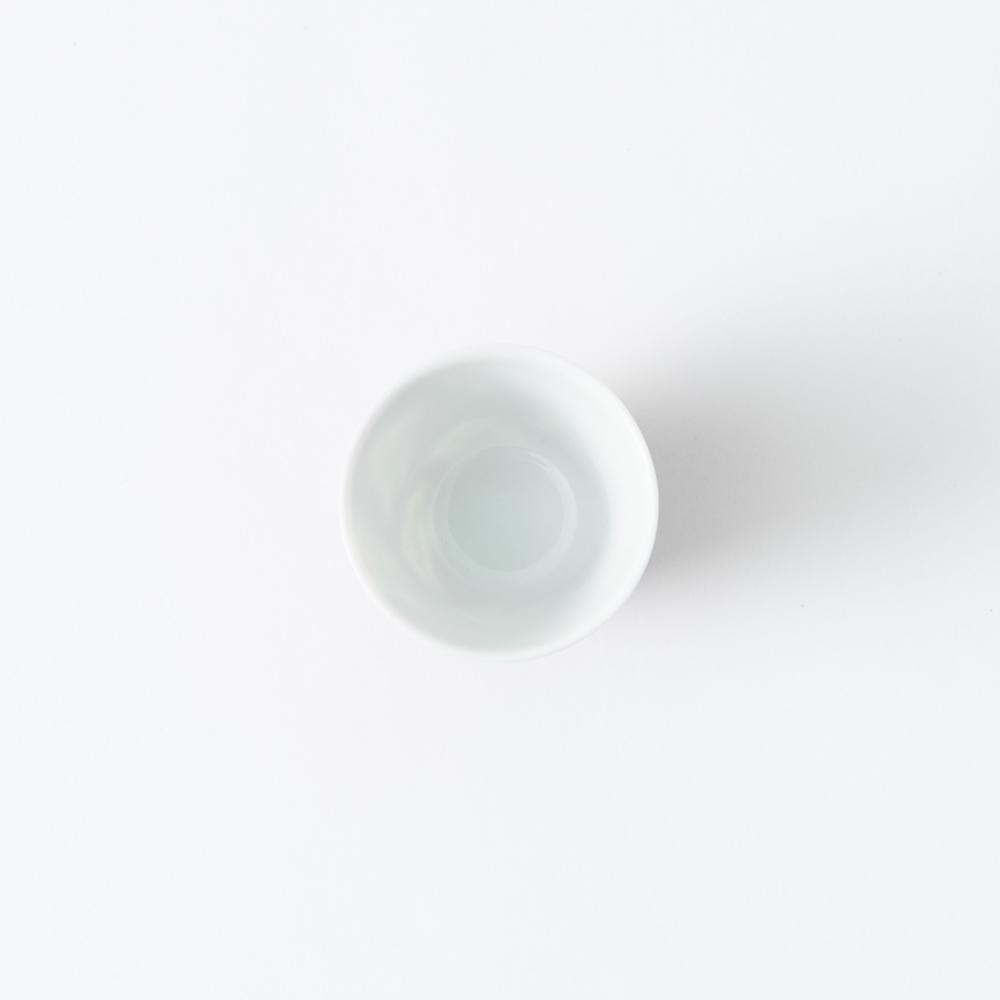
Plum and Chrysanthemum Ochoko Sake Cup
Estimated Shipping Widget will be displayed here!
This ochoko sake cup features plums and chrysanthemums. Kutani ware uses a brush for painting with Japanese coloring paint, as you can see the painted part is slightly thickened.
In Japan, both plums and chrysanthemums are said to be auspicious. It is a perfect sake cup for celebratory occasions, such as New Year’s Day, birthdays, and housewarming parties. It is also a perfect gift for your friends and family who love sake.
DETAILS
| Quantity | 1 |
| Size | D 5.5 cm (2.2 in) x H 5.3 cm (2 in) |
| Capacity | 45 ml (1.5 fl oz) |
| Material | Porcelain |
| Microwave | Yes |
| Dishwasher | Yes |
Maker / Brand
Seikou Kiln, founded in the early Taisho era (1912–1926 CE) in Nomi City, Ishikawa Prefecture, has long been dedicated to the art of Japanese overglaze painting for Kutani ware. Through years of research, the kiln perfected a high-quality technique for transferring designs and patterns using in-house printed sheets. This method preserves the transparency of glassy glazes and the depth of thick overglaze paints, achieving the same richness as traditional hand-painting. Their work has earned prestigious accolades, including recognition in the Japan Tourism Agency's Charming Japanese Souvenir Contest.
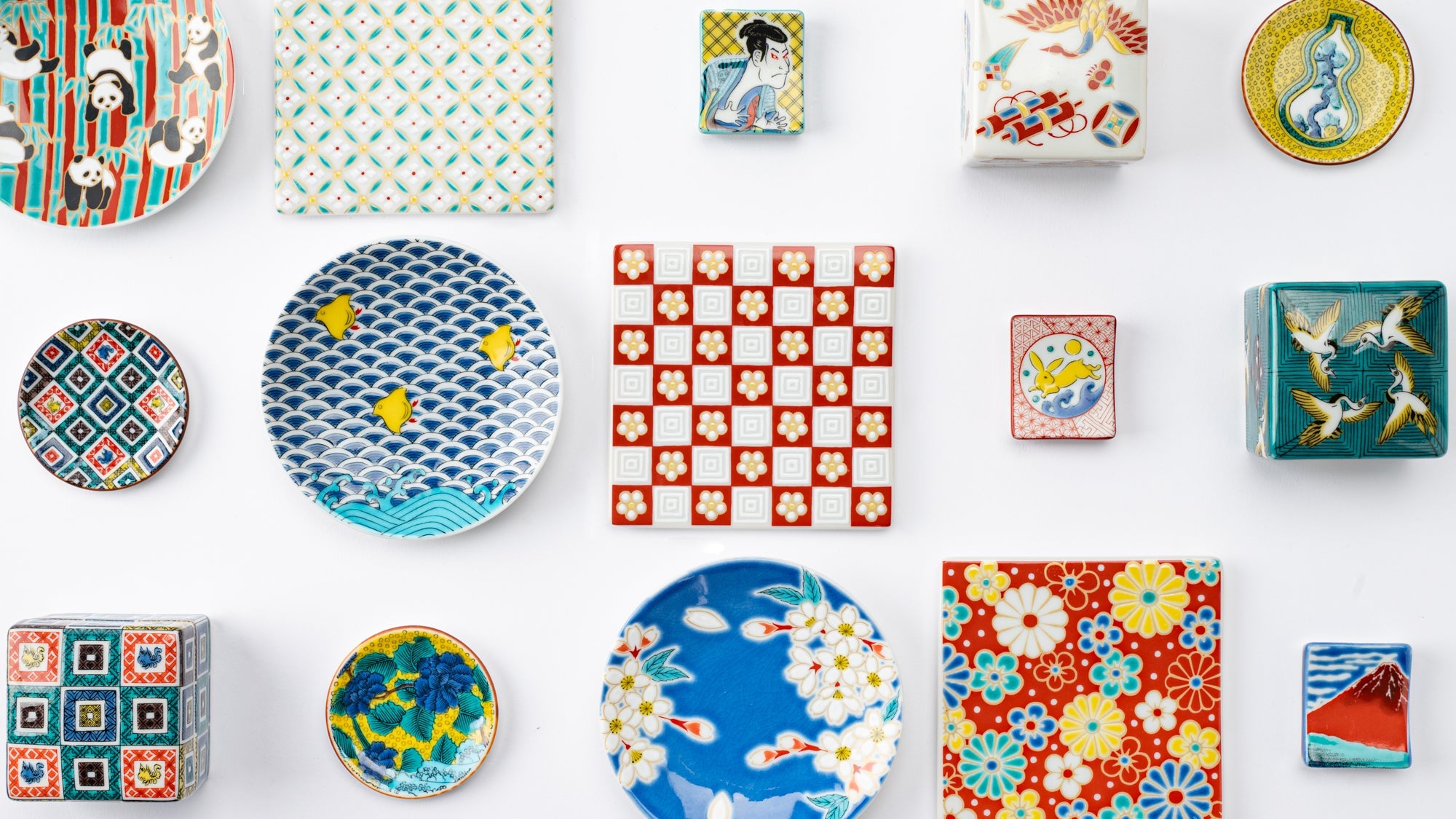
Crafts
Kutani ware is a pottery produced in the Kaga region of Ishikawa Prefecture, with a history spanning over 350 years. It is characterized by the heavy brilliance of the five colors of navy blue, red, purple, green, and yellow that are applied to the bold and daring lines. Its long history has evolved through the tireless efforts and enthusiasm of people who have sought innovation while maintaining tradition.
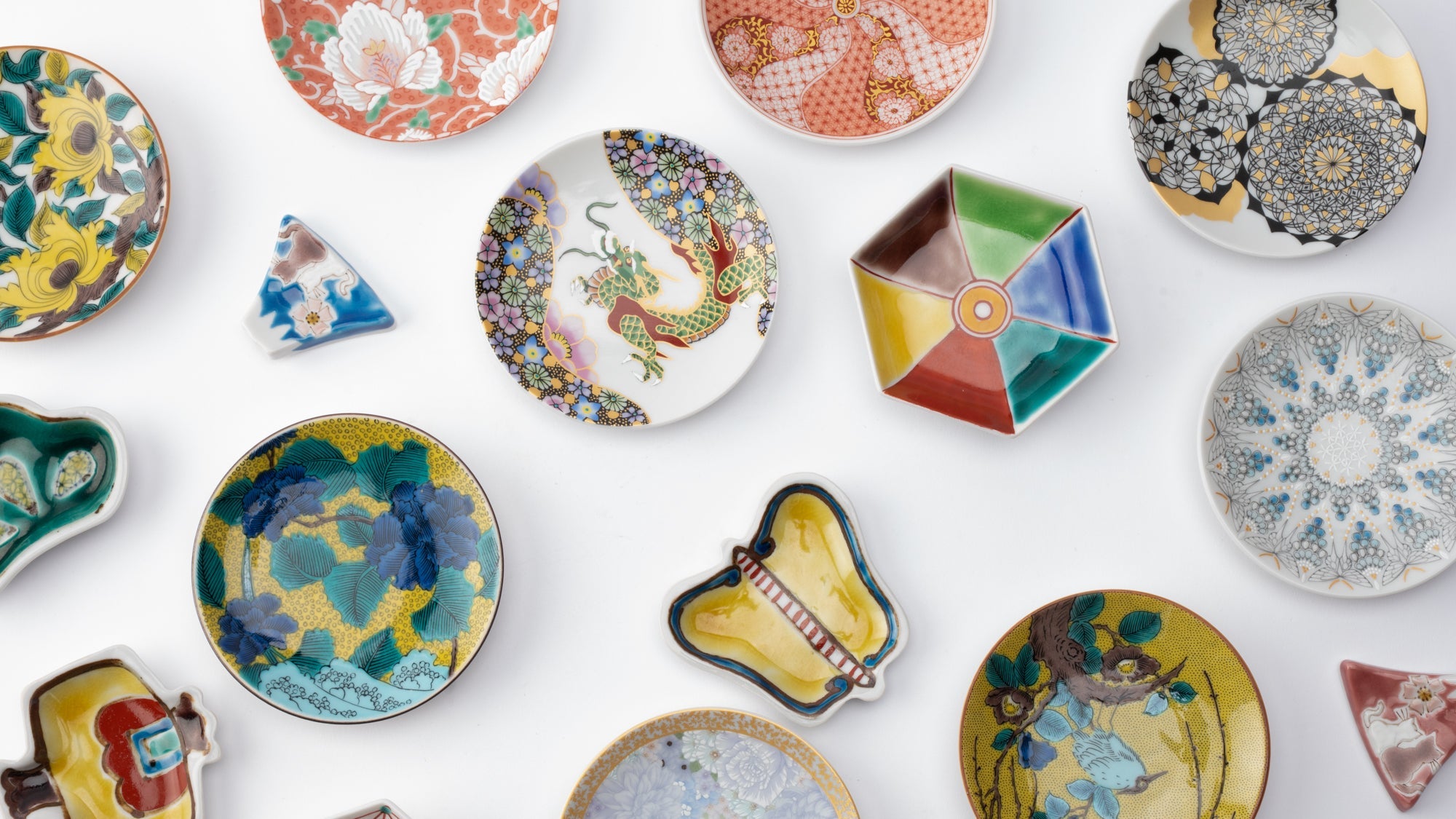
Choose options











Estimated Shipping Widget will be displayed here!
Ochoko
An ochoko is a small sake cup, usually holding a bit more than a sakazuki and accommodating two to three sips. Originally, ochoko sake cups were used as kobachi small bowls for side dishes. However, around the mid-Edo period (1603 CE–1868 CE), they began to be used at sake gatherings, where people would start with a sakazuki and then switch to an ochoko as the evening went on.
Ochoko sake cups come in various materials and shapes. The sake cups included in sake sets are commonly ochoko sake cups.
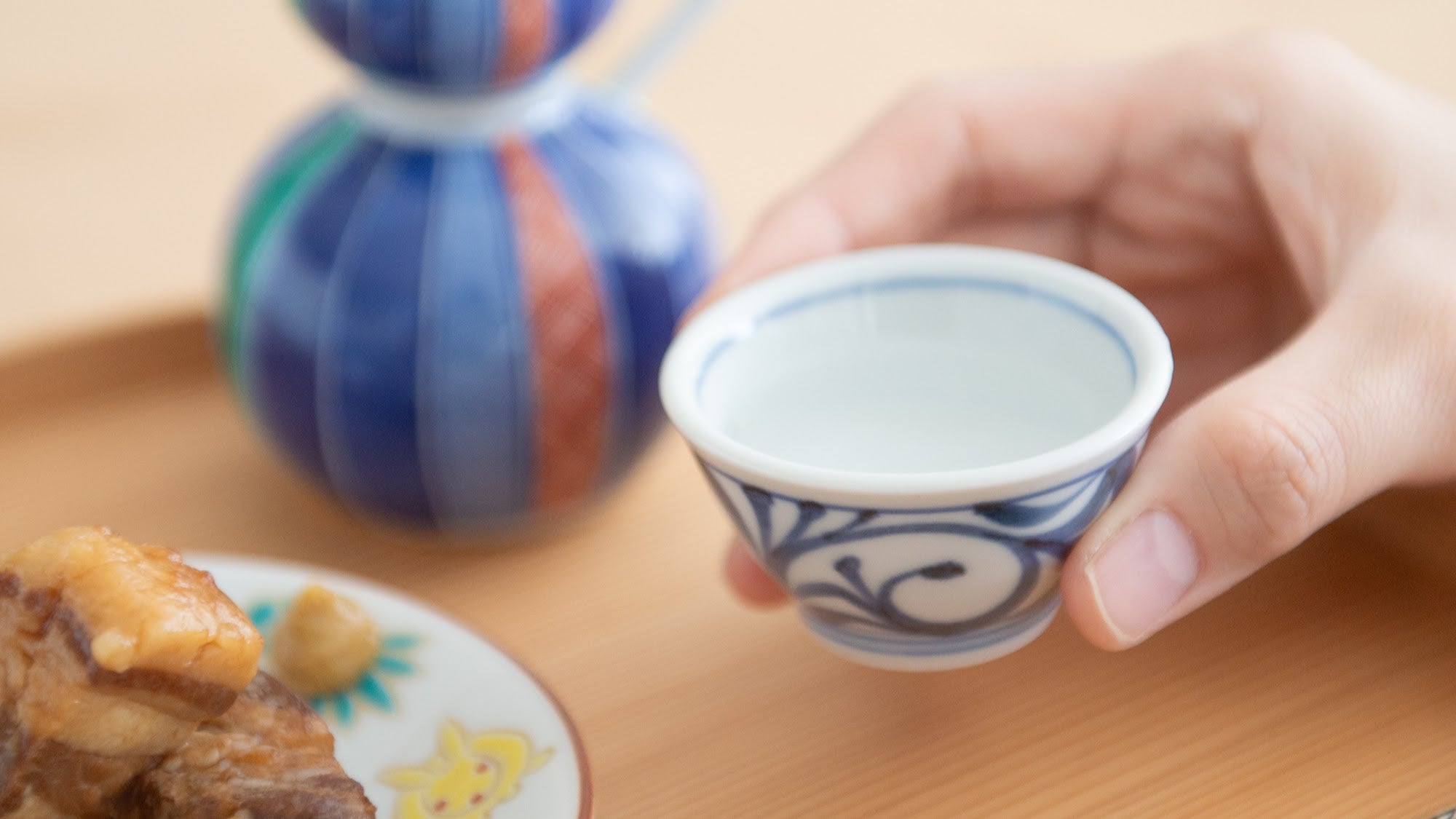
Our Favorite Chrysanthemum-Inspired Picks This Fall
Japanese chrysanthemums have long been celebrated as one of the most beloved fall flowers, with their layered petals and rich symbolism offering endless inspiration. This fall collection brings together plates, bowls, sake cups, and vases, each echoing the beauty of the season through graceful forms, hand-painted details, and rich colors. From everyday table settings to decorative pieces for the home, every item captures the poetry of autumn and the artistry of one of Japan’s most treasured flowers. Step into our curated selection of chrysanthemum-inspired designs and find the perfect pieces to bring seasonal warmth to your table this fall.
